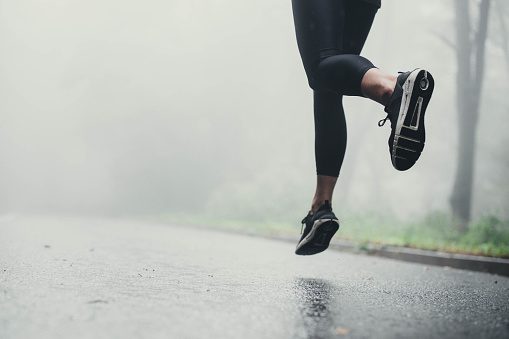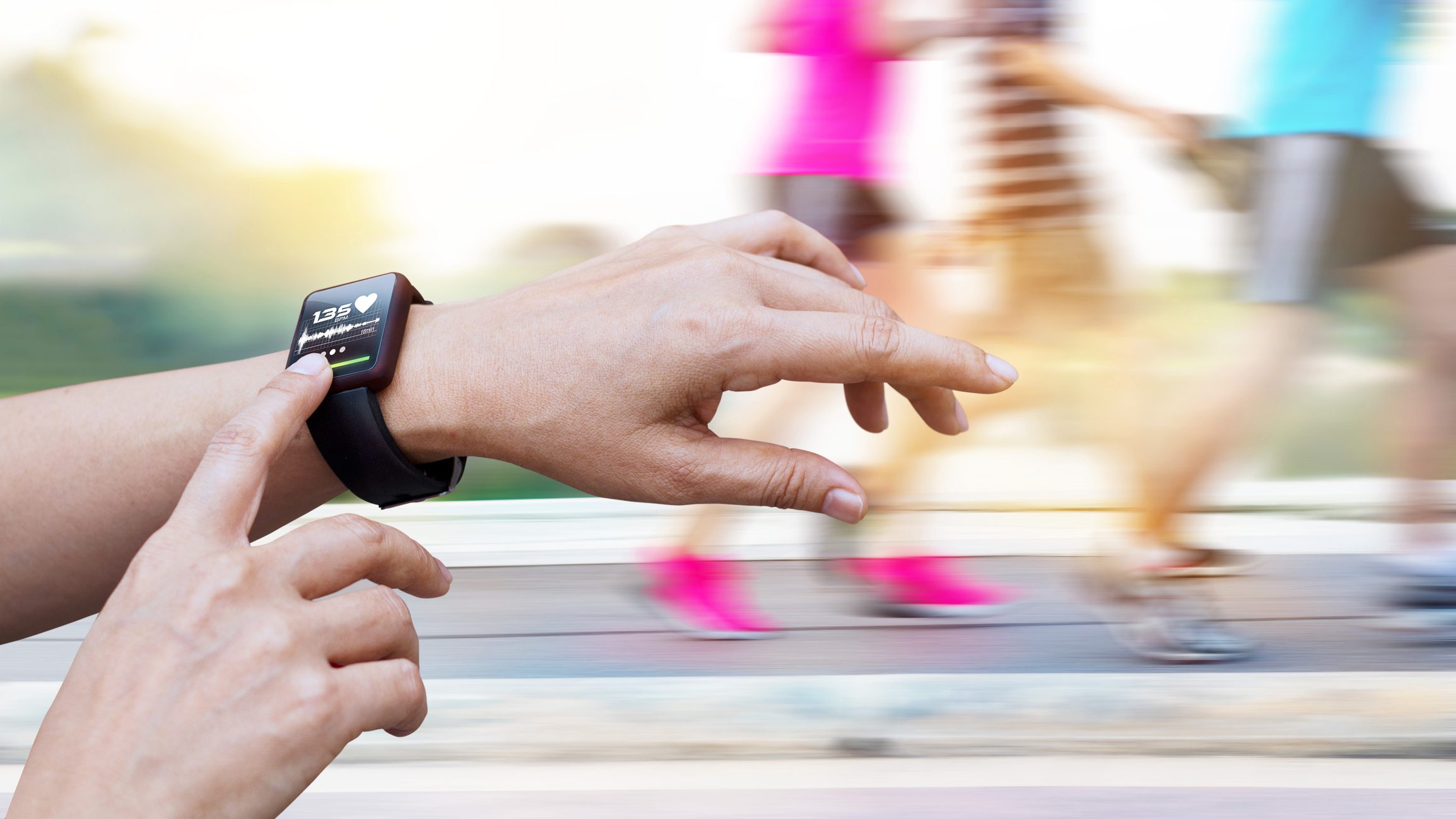5 tips for running a great time trial
Keep this advice in mind the next time you decide to test your fitness

Time trials are an excellent training tool. They help you gauge your fitness and see how you’re progressing, and they make a great tune-up ahead of your goal race. Despite their usefulness, many runners shudder at the thought of doing a time trial, especially if they have to do it alone. Admittedly, going out for a hard, solo effort without the adrenaline of a race or cheering crowds is a daunting task, so check out these tips for how you can get the most out of your time trial.

RELATED: Why runners should schedule a time trial
Treat it like an experiment
Many runners don’t like doing time trials because they view them as a race where they either succeed (they run their goal pace) or they fail. They end up putting a lot of pressure on themselves, leading to anxiety and stress. Instead of treating it like a race, think of it as an experiment to see what you can in that moment to determine if your training is working. With this mindset, there is no true success or failure, only feedback. This will remove some of the pressure, which may help you run better because you’re more relaxed.
Run it on the right terrain
If you’re training for a trail race, it doesn’t make much sense to do your time trial on the road. Likewise, if your goal race is full of hills, running your time trial on a flat route isn’t ideal either. The purpose behind the time trial is to see where you’re at compared to where you want to be by race day, and to get an idea of how you’ve progressed since you started training. If your goal race is hilly, you want to know if you’re getting better at running hills, and if you’re doing a trail race, you want to find out if you’re improving on more technical terrain. If you can, run your time trial on a route that is as similar as possible to what you’ll be dealing with on race day.

Choose the right distance
Your time trial doesn’t always have to be the same distance as your goal race. In fact, for some longer distances (like the marathon), your time trial should not be as long as your race. If you’re training for a 10K and you want to gauge your speed endurance, a quick 5K or 8K time trial will give you a good indication of how you’ll do with a few extra kilometres tacked onto the end, and if your goal race is a marathon, doing a 10K or a half can be helpful in assessing your progress. For something a little different, doing a shorter time trial, like a mile, is a great way to see what kind of top-end speed you have to work with.
Don’t do them too often
If you do a time trial every week, they start to lose their purpose. Improving your fitness takes time, so you should spread them out throughout your training to give yourself at least a few weeks in between to get stronger and faster. This way, you’ll actually be able to see if you’re training is working.
Don’t put too much stock in them
Remember that one bad run or workout doesn’t indicate your fitness. Sometimes, your training could be going really well, but on the day of your time trial things just don’t come together. If that’s the case, shake it off, keep training and try again next time.


